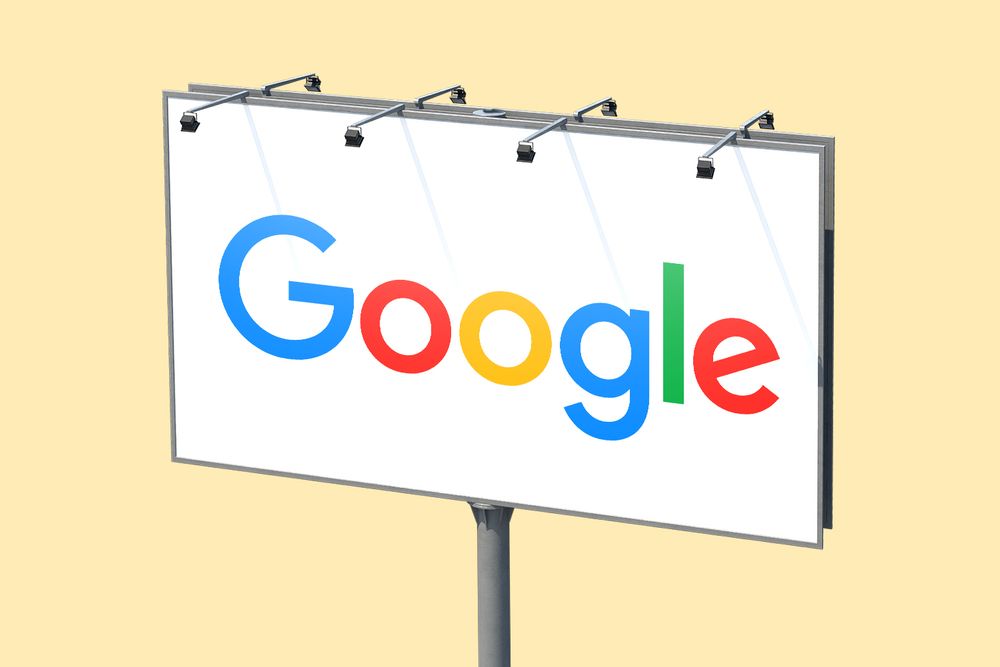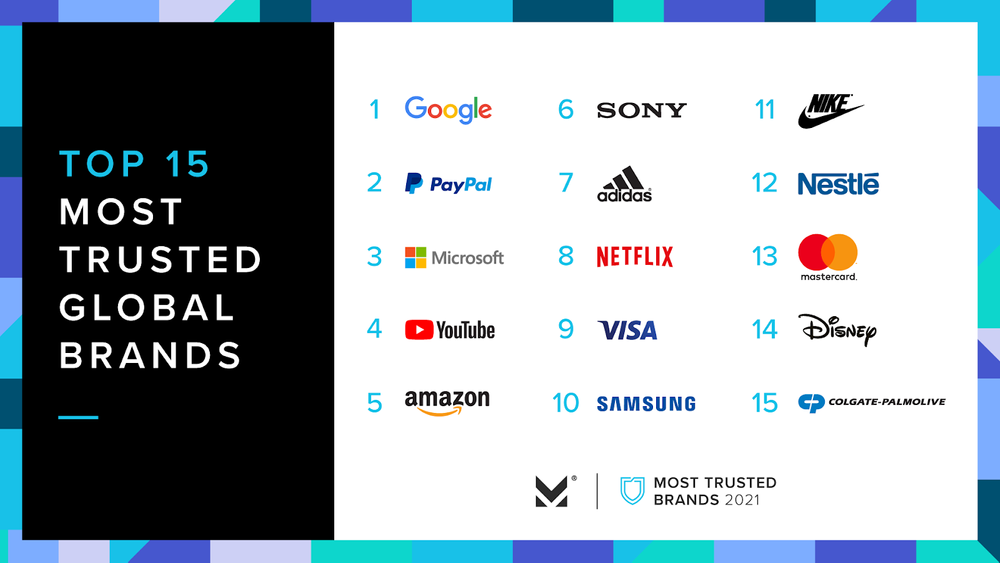|
Good Wednesday afternoon. Today, we’re covering misinformation. If you missed our conversation with the folks at Check My Ads, stay tuned for Friday’s newsletter for a recap of the event.
In today’s edition:
- Brand safety tools
- Who’s funding misinformation sites?
- Loyalty programs under the microscope
— Phoebe Bain and Ryan Barwick
|
|
|
Giphy
|
Few marketers actually want their brands appearing alongside a site that calls John F. Kennedy a lizard man controlled by the Illuminati. And yet, because programmatic advertising is automated, brands can never be 100% certain their ads won’t fund disreputable sites. Unless brands control a list of which publishers they’re working with, their ads can end up all over the internet.
To solve this, media agencies like IPG Mediabrands, Omnicom Media Group, and Publicis have each recently signed deals with NewsGuard, a company founded in 2018 that rates publishers.
- It's not an ad-tech company. Instead, journalists vet thousands of sites using nine criteria, ranging from financial and ownership disclosures to whether the websites run fake news. Marketers then use this information to determine which sites are reliable—and which ones, say, claim vaccines contain microchips—so they can avoid running ads next to false information.
- Brands can use NewsGuard’s data in a customized fashion. Some might be okay with running ads with publishers that don’t list corrections and retractions, for example, while others might opt to only appear on sites with high credibility scores.
-
Examples: The New York Times scores a perfect 100. Breitbart only rates a 49.5, with the tag: “The site has published false and misleading claims, including about COVID-19.”
The industry has long relied on keyword blocklists—avoiding stories that include “Covid-19” or “Trump,” for example—to prevent ads from running next to false or unsavory content.
But keyword blocking might not account for the difference between CNN and a blog rife with hoaxes. So blocklists may actually hurt publishers, since they often prevent brands from running ads on legitimate news stories.
NewsGuard’s also given publishers more transparency from buyers about where they want to be.
“You’re evaluating based on quality metrics, as opposed to arbitrary classifications of a website,” Joshua Lowcock, US chief digital officer for Universal McCann and global brand safety officer for IPG Mediabrands, told Marketing Brew. He said more than half of IPG’s clients use NewsGuard. In theory, NewsGuard also lessens marketers’ reliance on contextual advertising, because brands would know they’d be marketing on safe, reputable sites, Lowcock explained.
One-two punch
So far, NewsGuard’s tools appear to be effective.
According to a study released in May, one of IPG’s clients worked with NewsGuard to add more than 1,000 “highly trusted” sites to its approved list of publishers + remove several “unreliable” ones from its inventory. NewsGuard said the added sites lowered effective CPMs by 9%, and drove click-through rates up 123%.
“This is the cliche of a win-win. You support real journalism, you keep your money away from the bad stuff, and it actually saves you money,” Steven Brill, NewsGuard’s co-CEO and cofounder, told us.
Click here to read about how NewsGuard helps individuals spot fake news, too.—RB
|
|
|
Francis Scialabba
|
Forrester Research recently released a report on something many marketers might be sleeping on—mattressesloyalty programs.
In 2020, Forrester noticed hundreds of brands across the globe reevaluating loyalty programs to meet pandemic-era demands, so it dug deeper to find out what exactly today’s consumer wants from one:
- A survey of more than 4,600 US adults found that two-thirds—65%, to be exact—agree that instant discounts are important elements of loyalty programs.
- 62% of the same group said “points, miles, or other loyalty currency” are important.
So, what makes a good loyalty program? According to Mary Pilecki, Forrester VP, principal analyst, and author of the report in question, it’s simplicity. Brands that operate “under the false pretense that abundance equals differentiation” create “unnecessarily complicated and therefore frustrating customer experiences,” the report reads.
Klarna’s Global Head of Shopping Growth Marketing, Jon Chang, agrees.
“Good loyalty programs are simple and powerful. So many loyalty programs try to gamify the experience to the point of confusion and exhaustion for the customer, or offer too many rules and exceptions or variations of point systems,” Chang told Marketing Brew. "If your customers don’t know how to use your loyalty program, then you’re doing it wrong."—PB
|
|
|
|
If you’re in digital advertising, you might feel a bit like an action hero at the very end of the movie, when the ancient crypt is aflame and crumbling around you.
You’re facing upcoming changes to cookies, consumer data being concealed in walled gardens, and plummeting consumer trust (69% of consumers no longer trust advertising).
Here’s the grappling hook: This e-book from Impact, which explains how to keep customer acquisition alive.
And like any leading door-kicker, you need a sidekick. In advertising, that means partnerships. Impact’s e-book walks you through:
- Where digital advertising went wrong
- How Big Tech changes will affect advertisers
- What kinds of partnerships can actually move the needle
- Five actionable tips to get started with partnerships
You need to reach customers, and digital ads are the rope bridge that’s giving way as you sprint across it.
Learn how to get through to the other side here.
|
|
|
|
Fake news is a problem. Yet the sites that publish it keep surviving because ad servers keep sending them advertisements.
According to a white paper published last month by researchers at the University of Michigan School of Information, 48% of ad traffic on “fake” news publishers is served by Google. Nearly a third (32%) of “low credibility sites” like Breitbart, Drudge Report, and Sputnik News were delivered by Google.
- The researchers analyzed more than 1,700 publishers, identifying 545 as either “fake” (sites filled with pseudoscience and straight-up lies) or “low credibility” (hyper-partisan), using a data set compiled by Melissa Zimdars, an associate professor at Merrimack College.
- Additionally, the researchers found that the “top-10 credible ad servers,” like Lockerdome and Outbrain, make up 66.7% of fake and 55.6% of low-quality ad traffic. Even so, the researchers said that the $$ these firms make from such placements represents a “negligible fraction” of their overall revenue.
- Using digital emulators that mimicked browsing behavior on the sites, the researchers could identify which ad servers were supporting misinformation sites.
The researchers didn’t reach out to Google, but the search engine told Marketing Brew in a statement that the company removed ads from “more than 1.3 billion pages that breached” its policies in 2020. “We have strict publisher policies against promoting dangerous and misrepresentative claims,” it said.—RB
|
|
-
Spotify bought the exclusive rights to Barstool’s “Call Her Daddy” podcast.
-
Diageo became the NFL’s very first liquor sponsor, making Crown Royal the deal’s lead brand.
-
Neil Patrick Harris will partner with Bitcoin ATM operator CoinFlip in its new campaign.
-
Walmart is beginning to charge brands for data it previously provided for free.
-
MDC Partners is postponing the shareholder vote on its merger with Stagwell.
|
|
SPONSORED BY MORNING CONSULT
|
|
People trust them^. And that’s a big reason why they’re all massively successful companies. Morning Consult recently conducted a survey of more than 330,000 global consumers, and they learned a whole lot about the direct link between consumers’ trust in brands and how quickly those consumers will whip out their wallets. Read Morning Consult’s consumer trust insights here.
|
|
|
Francis Scialabba
|
There are a lot of bad marketing tips out there. These aren't those.
 : Find out how to make your SEO and social media strategies work together and maybe even shake hands. : Find out how to make your SEO and social media strategies work together and maybe even shake hands.
Copywriting: All about writing, well, an about page.
Banker bros: This is your guide to developing financial services content marketing that’s, quote, “on the money”  . .
Top marketing chef: The recent CEO and current CMO of Yum! Brands applied these three marketing ingredients to lead Taco Bell and KFC to double digit growth. You can do the same—no PhD required. Get your copy of R.E.D Marketing today.*
*This is sponsored advertising content
|
|
|
Your grandma probably won’t become an influencer (unless she follows her dreams, of course).
|
|
|
Catch up on a few Marketing Brew stories you might have missed.
|
|
|
When you share Marketing Brew with your network, you earn free swag like our classic Morning Brew t-shirt.
Are you one of those people who is always going places? Then you probably need a shirt. Might as well be this bad boy with the Morning Brew logo plastered across the chest.

Hit the button below to learn more and access your rewards hub.
Click to ShareOr copy & paste your referral link to others:
morningbrew.com/marketing/r/?kid=303a04a9
|
|
|
Written by
Phoebe Bain and Ryan Barwick
Illustrations & graphics by
Francis Scialabba
Was this email forwarded to you? Sign up here.
|
ADVERTISE // CAREERS // SHOP // FAQ
Update your email preferences or unsubscribe here.
View our privacy policy here.
Copyright © 2021 Morning Brew. All rights reserved.
22 W 19th St, 8th Floor, New York, NY 10011
|
|










